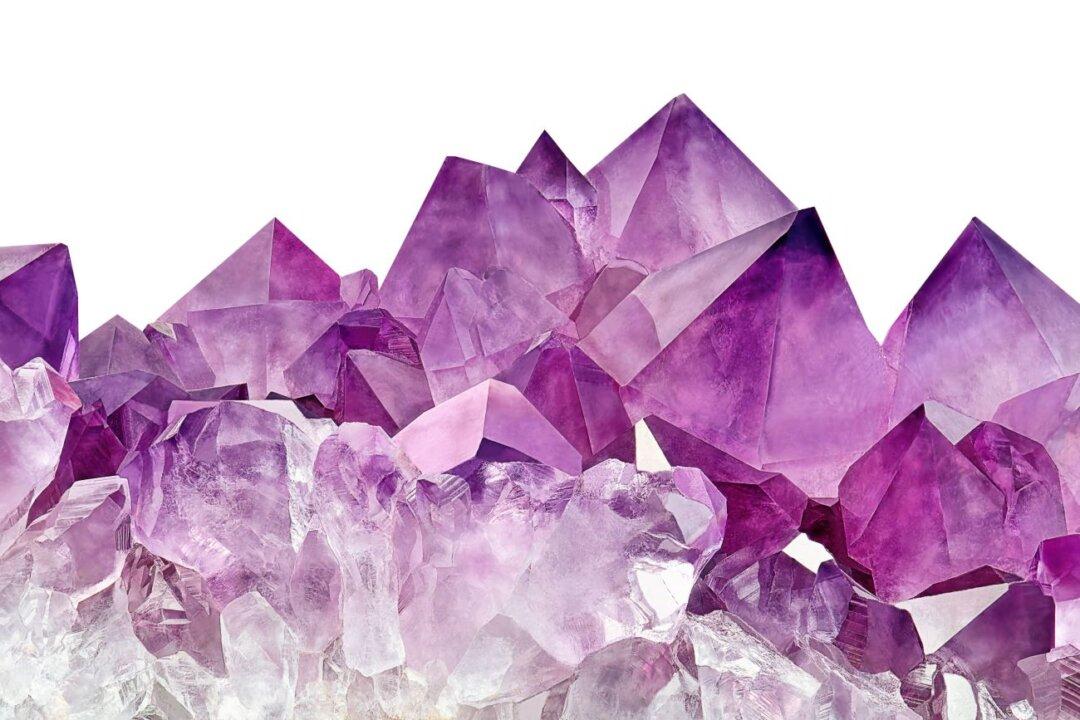We continue our journey into the 12 labors of Hercules. In the previous part of this series, we looked at Hercules’s defeat of the Nemean Lion. We intend to tackle one a month until the end of the year. So join us on this journey through one of the greatest stories told in the history of Western civilization.
The 2nd Labor of Hercules
According to Apollodorus, King Eurystheus orders Hercules to destroy the nine-headed, serpentine monster Hydra for his second labor. The Hydra lived in a swamp but slithered into the farmlands, killed livestock, and disrupted the livelihood of the people. The Hydra’s horrible stench and poisonous blood left the water around the farmlands foul. It was now up to Hercules to defeat the Hydra.Hercules sets out with his nephew Iolaos to find the beast. They discover the Hydra in its lair near a spring. Hercules throws burning embers at it to make it emerge from its lair. As soon as it does, Hercules grabs the giant monster and begins to club off its heads. However, each time he destroys a head, two more heads grow in its place. To make matters worse, Hera sends a giant crab to bite at Hercules’s feet and ankles.





